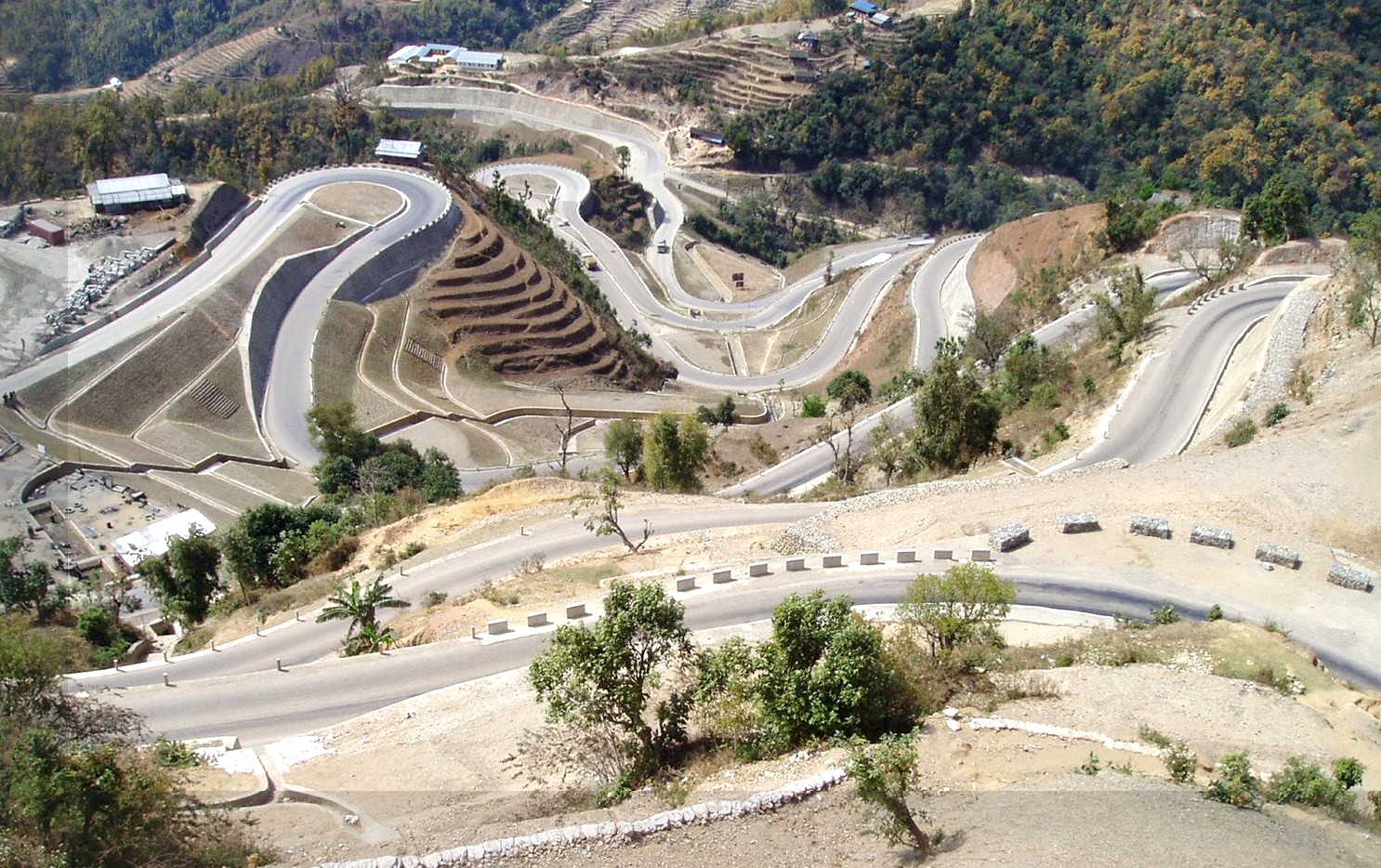Just How Consulting Engineers Enhance Geotechnical Design Projects: Insights Into Their Know-how, Approaches, and Collaborative Approaches
Consulting engineers are pivotal in boosting geotechnical design projects, using their specialized expertise to navigate the complexities of subsurface problems. Their methods encompass a series of website investigation strategies, consisting of Standard Infiltration Tests (SPT) and Cone Penetration Examinations (CPT), which notify vital decisions throughout the design and building and construction stages. Their collective approaches foster communication amongst diverse project stakeholders, inevitably shaping the job's trajectory. As we examine the diverse roles these experts play, it ends up being clear that their contributions expand beyond technological knowledge, motivating a closer consider the ramifications for task success.
Role of Consulting Engineers
The know-how of consulting engineers in geotechnical engineering is essential to the successful execution of building and construction tasks. These professionals play an essential function in analyzing dirt and rock buildings, which are important variables influencing style and building and construction decisions. By carrying out thorough site investigations, speaking with engineers gather vital information that educates the layout procedure, making certain tasks are improved secure and ideal ground.
Consulting designers additionally give invaluable insights right into danger monitoring (geotechnical geologist). They recognize possible geotechnical dangers, such as landslides, soil liquefaction, and settlement issues, making it possible for stakeholders to implement reliable reduction methods. Their experience help in enhancing foundation layouts, which can bring about substantial expense savings and enhanced security
Moreover, getting in touch with engineers act as an important link between job owners, designers, and service providers. Their capability to translate complex geotechnical information into workable suggestions promotes collaboration and promotes notified decision-making throughout the project lifecycle. This multidisciplinary technique not only enhances task effectiveness but additionally guarantees conformity with regulative requirements and finest methods.
Key Methodologies in Geotechnical Design

One key methodology is website examination, which involves carrying out field examinations and research laboratory analyses to collect information on subsurface problems. Techniques such as Criterion Penetration Testing (SPT) and Cone Infiltration Screening (CPT) are extensively made use of to evaluate soil stratigraphy and strength. Additionally, geophysical methods, consisting of seismic and electrical resistivity surveys, supply non-invasive ways to examine subsurface features.
One more important methodology is numerical modeling, which enables engineers to simulate various scenarios and predict exactly how soil-structure interactions will act under various loading problems. Limited Aspect Analysis (FEA) is a typical method employed in this context.
Moreover, the layout of structures, maintaining structures, and earthworks depends heavily on these methodologies - geotechnical geologist. By incorporating sophisticated logical tools with area information, consulting designers can establish tailored solutions that resolve certain job obstacles, eventually adding to the security and safety and security of building projects
Importance of Dirt Evaluation
Dirt analysis works as a foundational component in geotechnical design, providing crucial insights right into the physical and chemical buildings of dirt needed for efficient construction planning. Recognizing soil attributes is important for determining its load-bearing capability, water drainage habits, and possibility for settlement or instability. In-depth soil examinations, consisting of sampling and lab screening, help determine specifications such as dirt type, wetness web content, thickness, and shear strength.
These analyses notify the choice of appropriate building methods and products, inevitably influencing project security and long life. For example, cohesive soils may need various structure designs compared to granular soils, requiring customized design remedies. In addition, dirt evaluation help in recognizing contaminants that could posture risks to human health or the environment, enabling the advancement of mitigation techniques.
Integrating soil analysis right into the very early phases of job advancement assists to reduce unexpected challenges, guaranteeing that designers can prepare for and address possible concerns before they escalate. By developing a comprehensive understanding of the website problems, seeking click for info advice from engineers can optimize layout effectiveness and lower prices, consequently improving the general success of geotechnical design jobs.
Collaborative Strategies in Projects
Successful geotechnical projects often depend upon collective approaches that unite diverse experience from different disciplines. Reliable collaboration amongst seeking advice from engineers, geologists, ecological researchers, and building and construction experts is critical for attending to intricate obstacles and enhancing project outcomes. By leveraging the special abilities and expertise of each staff member, jobs can gain from an all natural understanding of the website conditions, regulative needs, and engineering restraints.
Regular communication and interdisciplinary conferences assist in the sharing of understandings and foster a society of synergy. These collaborative efforts allow the recognition of possible threats early in the project lifecycle, enabling for prompt reduction strategies. Including responses from stakeholders, consisting of neighborhood communities and regulatory agencies, guarantees that all point of views are taken into consideration, boosting task approval and compliance.
In addition, the integration of innovative technologies, such as Geographic Information Systems (GIS) and Structure Info Modeling (BIM), more enhances collaboration. These tools allow for the real-time sharing of Full Report data and visualization of geotechnical conditions, promoting notified decision-making. Eventually, a collective method not only enhances job execution but also lays the foundation for innovative solutions to complex geotechnical design obstacles.
Effect On Task Outcomes

Consulting engineers utilize advanced methods such as threat assessment and anticipating modeling, which enhance the precision of task forecasts. Their capacity to integrate innovative modern technologies, like geotechnical instrumentation and data analytics, better refines the style and construction processes. As an outcome, projects experience improved effectiveness, reduced expenses, and lessened hold-ups.
Furthermore, promoting reliable communication and cooperation among team members enhances problem-solving abilities. When obstacles emerge, a united front enables swift identification of options, protecting against potential setbacks. Ultimately, the collective my company initiatives of consulting engineers contribute to higher high quality results, making certain that jobs fulfill both regulatory standards and client expectations.
Conclusion
